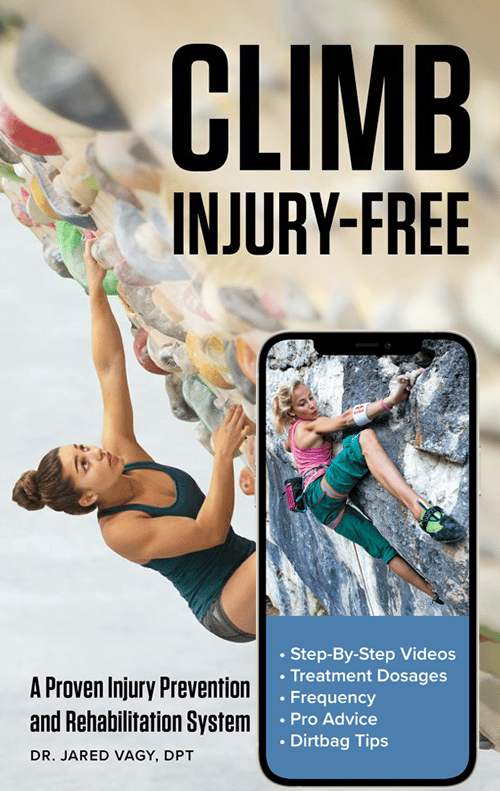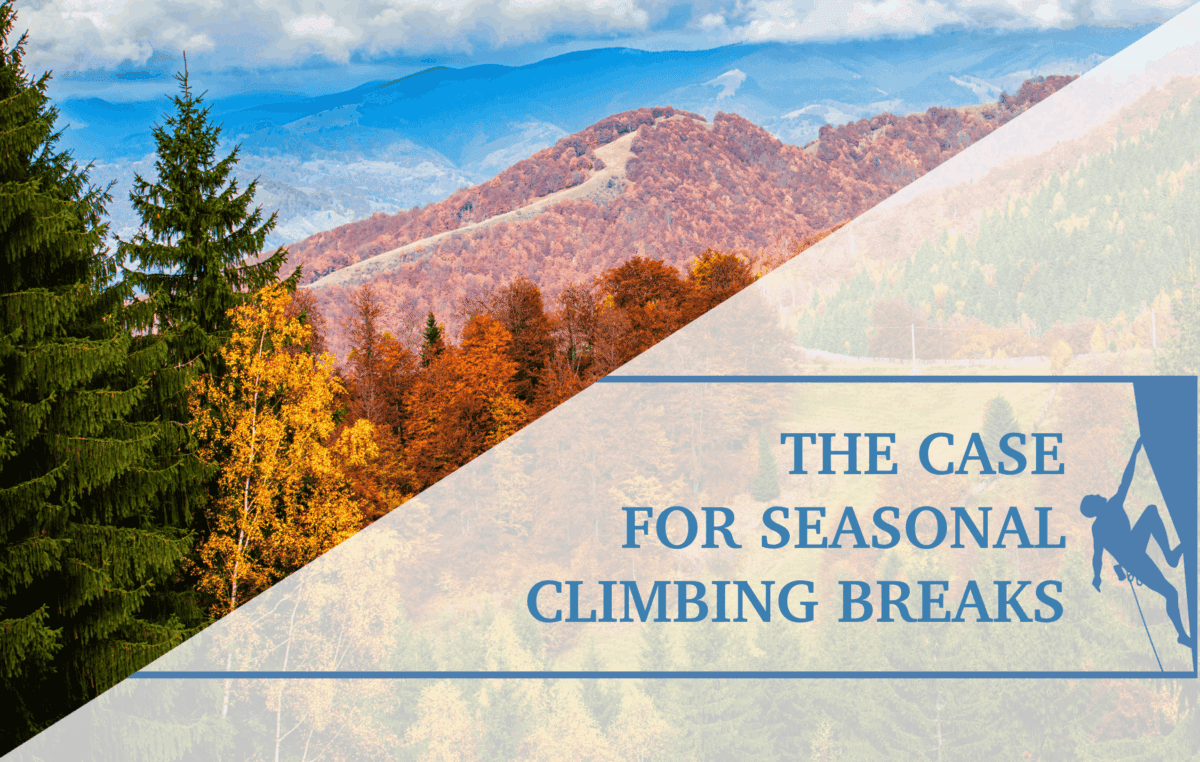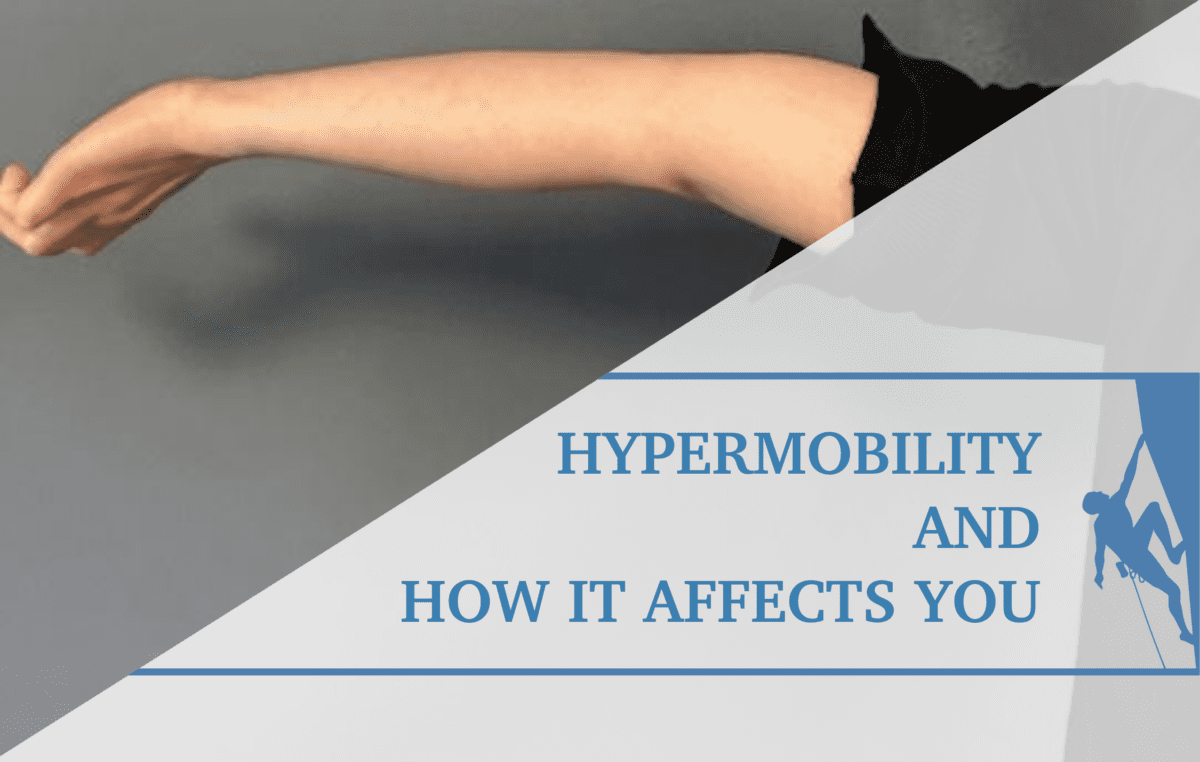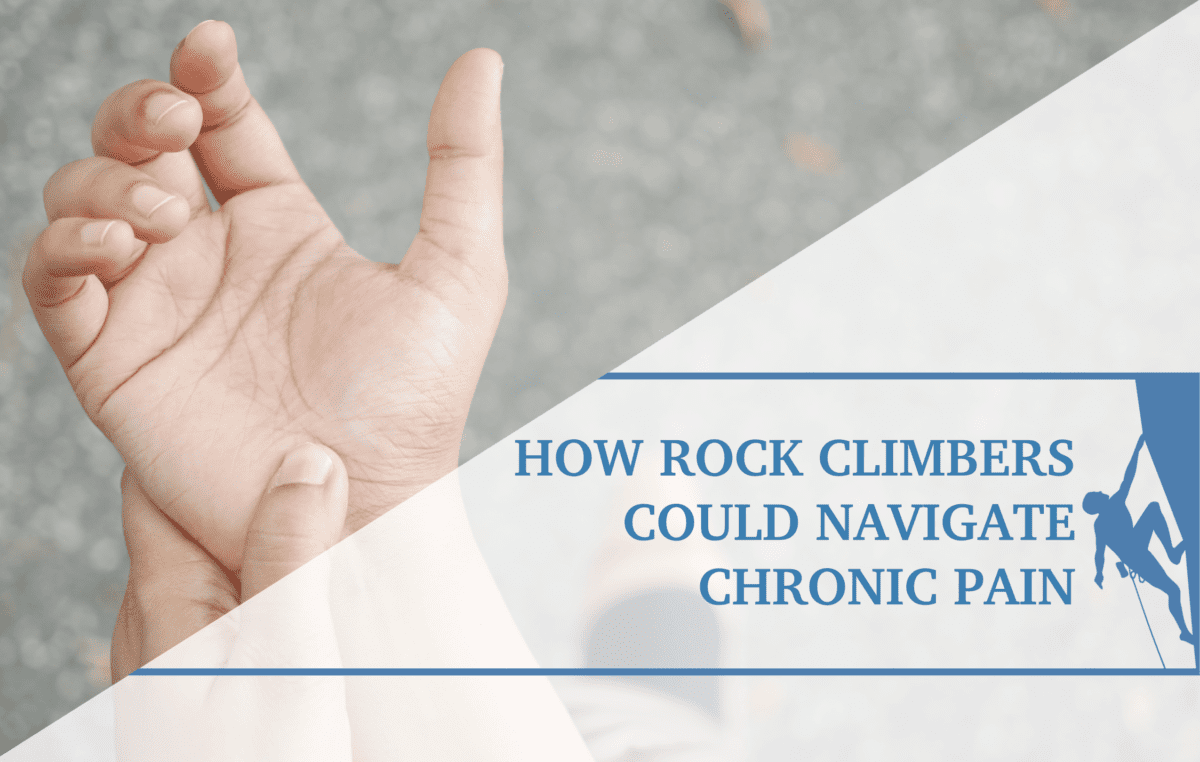Rock Climbing and Joint Health: Navigating Arthritis in a Lifelong Sport
The sport of rock climbing appeals to people of all ages. Look around any climbing gym on a busy day, and you’ll probably spot climbing team kids, elderly adults, and all ages in between. Climbing is a lifelong sport, but aging brings greater wear and tear on the joints that could manifest as arthritis. What impact does rock climbing have on joint health? Is it possible that sending your projects could be increasing your risk or symptoms of arthritis?
Signs and Symptoms
Osteoarthritis (OA) is a condition where cartilage in joints gradually wears down over time. This is a very common condition, and occurs more frequently with aging, as older people have been using their joints for longer. OA is typically found in one or two joints, while rheumatoid arthritis is a more systemic condition impacting multiple joints in the hands. The cartilaginous lining of joints begins to break down from gradual wear and tear and use over a lifetime, and bone sclerosis may occur. Common symptoms of OA include stiffness (especially in the morning or after a long period of not moving), joint pain, swelling, and decreased mobility (NIH). Arthritis can occur in any joint, but most research regarding OA and rock climbing is focused on the small joints in the fingers and hand. Rock climbing inherently puts increased stress on these joints, which could lead to greater degenerative changes over time. Differential diagnoses for osteoarthritis include other overuse conditions such as DeQuervain’s, fracture, dislocation, rheumatoid arthritis, trigger finger, or Dupuytren’s contracture.
Does climbing increase risk of OA?
There is conflicting research on whether or not climbing increases finger OA risk. Current studies suggest that rock climbers may experience higher rates of OA compared to non climbers. A 2022 literature review by Pastor et al. used imaging along with a physical exam to analyze the fingers of a 52 year old elite rock climber who had subjected his fingers to high loads over time from his sport. He was compared to a control subject: an individual of the same height and weight who did not climb. The researchers found that the elite climber displayed greater osteophytes, joint space narrowing, and distal interphalangeal (DIP) and proximal interphalangeal (PIP) joint cartilage thickness when compared to the non climber. However, it was unclear whether these were truly signs of arthritis or just adaptations to increased load on the fingers in an elite climber. Climbing has a large mechanical stress on the fingers, as more challenging grades require the climber to sometimes support their entire body weight from their fingers. However, the authors cautioned that a single case study could not be generalized to every climber.
Another study compared radiographs of sixty five long time rock climbers’ fingers. Most of the subjects were elite level climbers as well, and the authors found a higher rate of osteoarthritis in the climber group when compared to the controls (Rohrbough et al., 1998). This evidence suggests that rock climbers may be more prone to developing OA in the fingers than the general population who does not regularly place this much stress on their fingers. However, OA can occur in any joint, and is present somewhere to some extent in the majority of US adults over 65. Risk factors include age, genetics, obesity, race, gender, and mechanical trauma, which can be associated with occupation or repetitive activity.
- Age: OA risk increases with age, especially as joint structures undergo natural degeneration over time.
- Gender: Women are more likely to develop OA, particularly post-menopause, potentially due to hormonal changes.
- Genetics: Family history can play a role in OA risk, as certain genetic factors predispose individuals to joint degeneration.
- Joint Injury: Previous injuries to joints (like fractures, ligament tears, or dislocations) increase the likelihood of developing OA in those joints.
- Occupation: Jobs involving repetitive joint stress, heavy lifting, kneeling, squatting, or standing for long periods can increase OA risk in specific joints.
- Physical Activity and Sports: High-impact sports – for example landing from boulder problems, overuse, and certain forms of exercise with repetitive, heavy joint stress may contribute to OA, especially if done without adequate rest or injury prevention strategies.
- Obesity: Excess weight puts additional stress on weight-bearing joints, especially the knees, hips, and spine, accelerating cartilage breakdown.
- Bone Deformities: Structural abnormalities like malalignment of bones, congenital deformities, or unequal leg lengths can increase joint stress, predisposing one to OA.
- Muscle Weakness: Weak supporting muscles around a joint can increase instability, contributing to excessive wear on the joint cartilage.
- Metabolic Disorders: Conditions such as diabetes and hemochromatosis (iron overload) can increase OA risk, potentially due to systemic inflammation.
- Low Bone Density: While more closely associated with osteoporosis, low bone density may influence joint health and OA development.
How to Manage Osteoarthritis and continue climbing hard
- Exercises to alleviate arthritis pain: General movement is useful for keeping synovial fluid circulating within joints. This lubricates the joint and prevents it from stiffening as much, and can help reduce pain. In the words of PT professors across the country, “Motion is lotion.”
- Current guidelines for management of osteoarthritis pain recommend beginning with lifestyle modifications and exercise (i.e. physical therapy). If these interventions are not helpful at reducing pain, pharmacologic interventions such as steroid injections or topical NSAIDs may be useful (Bachmann).
- Ideas to keep climbing with arthritis and reduce pain: A thorough warmup is essential for continuing to climb with arthritis. This will get the joints moving to increase synovial fluid through the joints, and decrease the risk of injury. A warm up also primes the nervous system for movements you will be doing on the wall. Patients with osteoarthritis often feel stiff after spending too much time in the same position. Movement increases blood flow, which carries oxygen and nutrients to the joints and muscles. General recommendations for warming up include increasing heart rate, specificity of movement (i.e. activating the muscles and movements relevant to climbing) and loosening up stiff muscles. A warm up should take anywhere from 10-20 minutes.
- Progressing load carefully under the guidance of a coach or experienced physical therapist will strengthen your joints, tendons, and muscles appropriately without overstressing them. It is essential to load tissues to increase their capacity for exercise. Essentially, training muscles, tendons, and bones prepares them to better handle the stresses placed on them by rock climbing. It is beneficial to strengthen the muscles around your joints, as this helps support your joints. Check out this article for detailed information on progressing load and monitoring symptoms while returning to climbing.
- Overtraining and overloading the body may increase joint wear and tear and lead to injury.
- Strategic rest breaks during climbing sessions can be beneficial to allow the joints time to recover.
The following exercises are general ideas to progress activity and manage symptoms. This information should not be taken as medical advice, and it is advised to work with a trained professional who can tailor exercises to your specific symptoms. The pyramid outline used to describe these phases is from the book by Jared Vagy DPT.

- Unloading exercises: focus on moving through a full range of motion, for example finger bends, opposition thumb to fingers, gentle active or passive range of motion including finger, thumb, and wrist flexion/extension, finger lifts off table.
- Mobility exercises:Finger tendon glides, isolated PIP flexion, clothespin pinches with different grip, wrist flexor stretch, wrist extensor stretch.
- Strength exercises: ball squeezes, flex bar bends, flex bar twists, begin with isometric exercises and progress to isotonics and eventually add resistance.
- Movement exercises: fist > finger extension, resisted finger extension, finger scissors (ball or putty in between to activate palmar interossei).
- Suggestions for general strengthening exercises: banded pull aparts to strengthen rhomboids/lower trapezius.
The Research
- Bachmann S. Fingerpolyarthrose – klinisches Bild und zeitgemässes Management[Hand Osteoarthritis – Clinical Picture and Current Management]. Praxis (Bern
1994). 2022 Sep;111(12):668-673. German. doi: 10.1024/1661-8157/a003886.
PMID: 36102020. - Liu, M., Jin, F., Yao, X. et al. Disease burden of osteoarthritis of the knee and hip due to a high body mass index in China and the USA: 1990–2019 findings from the global burden of disease study 2019. BMC Musculoskelet Disord 23, 63 (2022). https://doi.org/10.1186/s12891-022-05027-z
- Pastor T, Schweizer A, Andronic O, Dietrich LG, Berk T, Gueorguiev B, Pastor T. A Life Dedicated to Climbing and Its Sequelae in the Fingers-A Review of the Literature. Int J Environ Res Public Health. 2022 Dec 19;19(24):17050. doi: 10.3390/ijerph192417050. PMID: 36554928; PMCID: PMC9778768.
- NIH Overview of Arthritis https://www.niams.nih.gov/health-topics/osteoarthritis#:~:text=Cause%20of%20Osteoarthritis,usually%20happens%20gradually%20over%20time.
- Rohrbough JT, Mudge MK, Schilling RC, Jansen C. Radiographic osteoarthritis in the hands of rock climbers. Am J Orthop (Belle Mead NJ). 1998 Nov;27(11):734-8. PMID: 9839957.
- Radiology Textbook:
- OA etiology = complex, multifactorial including factors such as age, genetics, obesity, race, gender, and mechanical trauma (such as loading the fingers when climbing).
- Primary OA: idiopathic, very normal process of aging. To some extent, OA is present on most of the US population over the age of 65.
See a Doctor of Physical Therapy
If you experience nagging joint pain that is not going away with rest, a visit to a doctor of Physical Therapy may benefit you. Your physical therapist will evaluate your posture, climbing mechanics and identify any range of motion or muscular strength limitations that may be contributing to your pain. They will likely prescribe you exercises to strengthen the muscles around your joints to help unload and support your joints and reduce your pain. Your PT will work with you to create a plan of care to manage your symptoms and improve your mobility to get you back to climbing!
Your Information
Brittany Hegstad is currently in her final year of physical therapy school at the University of Iowa and plans to practice as a travel PT initially. She has been climbing for a little over a year. In addition to rock climbing, she is passionate about backpacking, traveling, rollerblading, reading fiction, and cold brew.
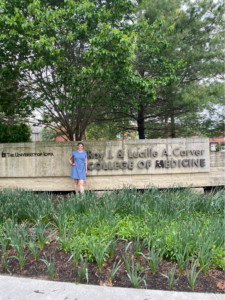
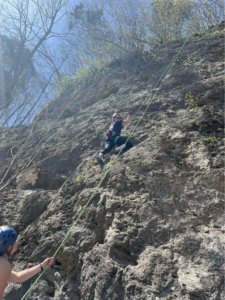
Instagram @brittanyhegstad
- Disclaimer – The content here is designed for information & education purposes only and the content is not intended for medical advice.

